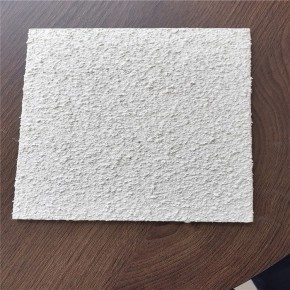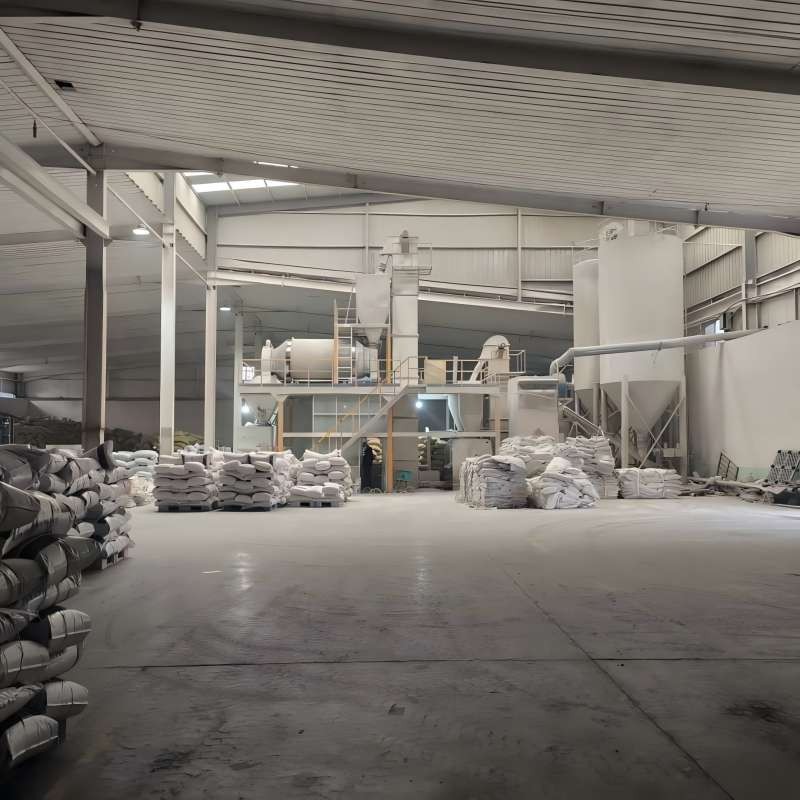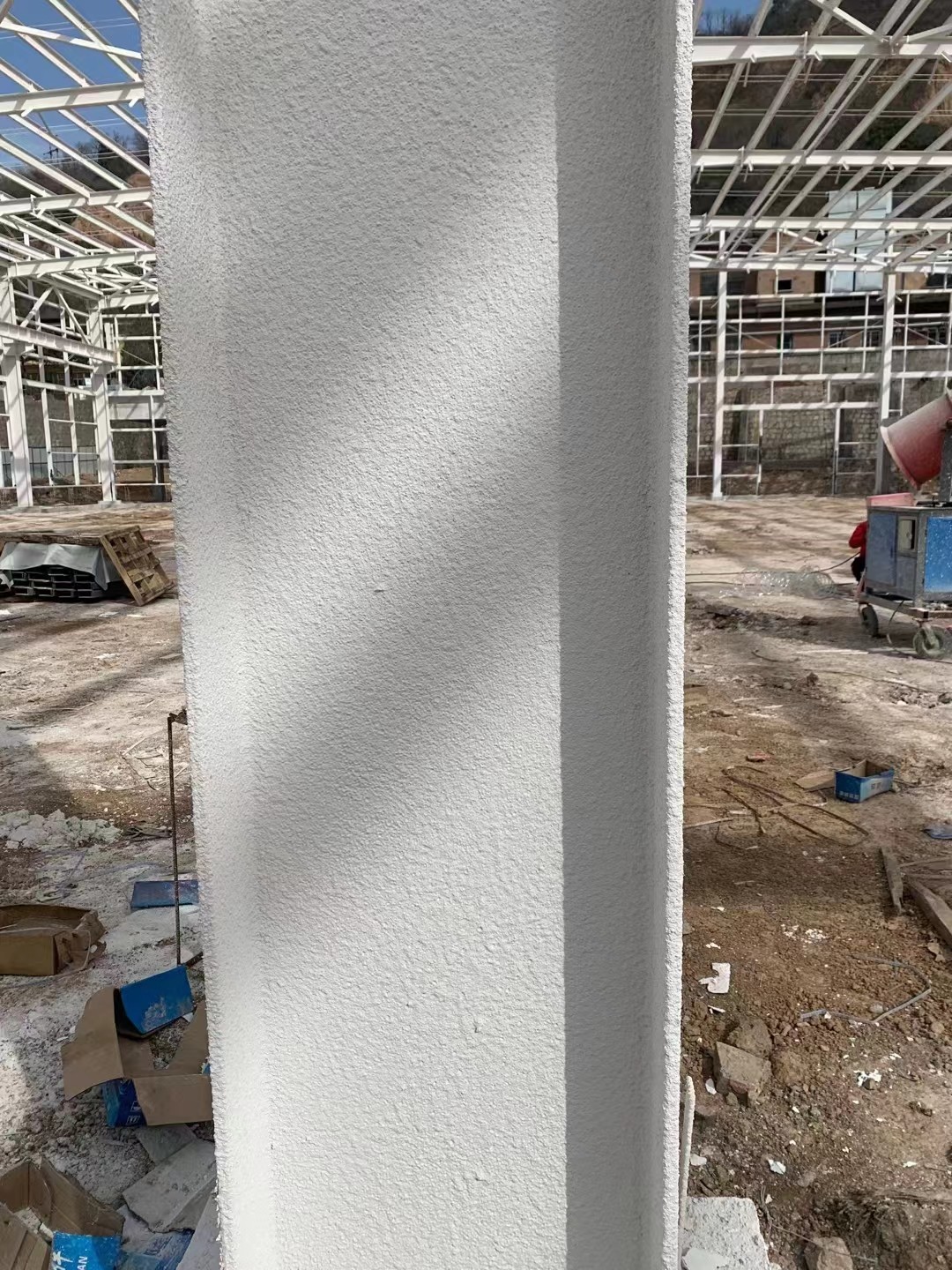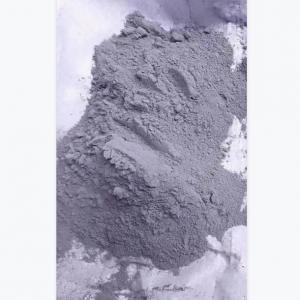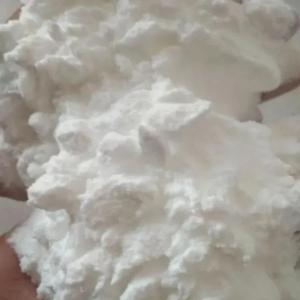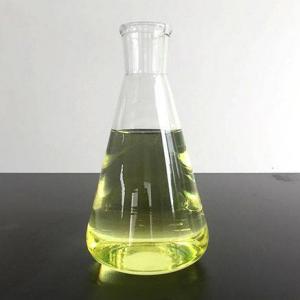fire-retardant coating
- Category: Products
Latest specification of GB14907-2018 "Fireproof Coatings for Steel Structures" [1]
According to the classification of fire prevention mechanisms, steel structure fireproof coatings are divided into:
a. Expansion type steel structure fireproof coating: The coating expands and foams at high temperatures to form a fire-resistant and heat-insulating protective layer for steel structure fireproof coating. The industry is accustomed to using the old standard term, which refers to the combination of ultra-thin structural fireproof coatings and thin steel structural fireproof coatings for expansion type fireproof coatings.
b. Non expanding steel structure fireproof coating: The coating does not expand or foam at high temperatures, and it becomes a fire-resistant and heat-insulating protective layer for steel structure fireproof coating. The industry is accustomed to using the old standard to refer to non expanding fireproof coatings as thick fireproof coatings.
1. Ultra thin structural fireproof coating (expanded steel structure fireproof coating)
Ultra thin steel structure fireproof coating refers to steel structure fireproof coating with a coating thickness of less than 3 mm (including 3 mm), good decorative effect, expansion and foaming at high temperatures, and a fire resistance limit generally within 2 hours. This type of steel structure fireproof coating is generally a solvent based system, which has superior bonding strength, good weather and water resistance, good leveling performance, and good decorative properties; When exposed to fire, it slowly expands and foams to form a dense and hard fire-resistant insulation layer. This fire-resistant layer has strong impact resistance, delaying the temperature rise of steel and effectively protecting steel components. The construction of ultra-thin expansion type steel structure fireproof coating can be carried out by spraying, brushing or roller coating, and is generally used on building steel structures with a fire resistance limit requirement of less than 2 hours. A new variety of ultra-thin steel structure fireproof coatings with a fire resistance performance of 2 hours or more has emerged. It is mainly composed of special structured polymethacrylate or epoxy resin compounded with amino resin, chlorinated paraffin, etc. as the base adhesive, attached with high polymerization degree ammonium polyphosphate, dipentaerythritol, melamine, etc. as the fireproof and flame-retardant system, added with inorganic refractory materials such as titanium dioxide and wollastonite, and compounded with 200 # solvent oil as the solvent. Various light steel structures, trusses, etc. often use this type of fireproof coating for fire protection. Due to the ultra-thin coating of this type of fireproof coating, the use of thick and thin fireproof coatings for steel structures is greatly reduced, thereby reducing the total project cost and providing effective fire protection for steel structures, resulting in a very good fireproof effect.
2. Thin steel structure fireproof coating (expanded steel structure fireproof coating)
Thin coated steel structure fireproof coating refers to a steel structure fireproof coating with a coating thickness greater than 3mm and less than or equal to 7mm, which has a certain decorative effect, expands and thickens at high temperatures, and has a fire resistance limit of less than 2 hours. This type of steel structure fireproof coating is generally composed of suitable water-based polymers as the base material, combined with flame retardant composite systems, fireproof additives, refractory fibers, etc. Its fireproof principle is the same as that of ultra-thin coatings. For this type of fireproof coating, it is required that the selected water-based polymer must have good adhesion, durability, and water resistance to the steel substrate. Its decorative properties are superior to thick fireproof coatings, inferior to ultra-thin steel structure fireproof coatings, and generally have a fire resistance limit of less than 2 hours. Therefore, spray coating construction is commonly used in steel structure fire protection projects with a fire resistance limit of less than 2 hours. At one point, it held a large proportion, but with the emergence of ultra-thin steel structure fireproof coatings, its market share was gradually replaced.
3. Thick steel structure fireproof coating (non expanding steel structure fireproof coating)
Thick steel structure fireproof coating refers to steel structure fireproof coating with a coating thickness greater than 7 mm and less than or equal to 45 mm, granular surface, low density, low thermal conductivity, and a fire resistance limit of more than 2 hours. Due to the fact that the composition of thick fireproof coatings is mostly inorganic materials, their fireproof performance is stable and their long-term use effect is good. However, the particles of their coating components are large, and the appearance of the coating is uneven, which affects the overall beauty of the building. Therefore, they are mostly used for structural concealed engineering. This type of fireproof coating utilizes the granular surface of the material in a fire, which has a low density and thermal conductivity, or the heat absorption of the material in the coating, to delay the temperature rise of the steel and protect it. This type of fireproof coating is made by mixing suitable inorganic binders (such as water glass, silica sol, aluminum phosphate, refractory cement, etc.) with inorganic lightweight insulation aggregate materials (such as expanded perlite, expanded vermiculite, sepiolite, floating beads, fly ash, etc.), fireproof additives, chemical agents and reinforcement materials (such as aluminum silicate fiber, rock wool, ceramic fiber, glass fiber, etc.) and fillers, etc., and has the advantage of low cost. Spraying is commonly used in construction, which is suitable for indoor and outdoor concealed steel structures, high-rise all steel structures, and multi story factory steel structures with a fire resistance limit requirement of more than 2 hours. For example, the fire resistance limit of columns in high-rise civil buildings and columns supporting multiple floors in general industrial and civil buildings should reach 3 hours, and this thick fireproof coating should be used for protection.
4. Mineral wool building fireproof and thermal insulation coatings
Mineral wool based building fireproof and thermal insulation coatings are another important series of fireproof coatings after thick coated building fireproof coatings - perlite series and magnesium oxychloride cement series fireproof coatings. They are still blank. Compared with perlite based fireproof coatings, their main feature is that mineral fibers used as insulation fillers can enhance the strength of the coating. They can be applied to earthquake prone areas or buildings that are often subjected to vibration, and can play a role in fire prevention, insulation, and sound absorption. Mineral wool based building fireproof and thermal insulation coatings mainly include mineral fiber fireproof and thermal insulation coatings and thermal insulation fillers. Their main components are mineral wool, and the bonding material is generally cement. Dry spraying construction is adopted on site, that is, the fibers are dispersed and transported together with the bonding material to the nozzle with high-pressure air, and then mixed with highly atomized water distributed around the nozzle and sprayed onto the surface to be coated. Being able to obtain coatings with lower density can reduce the weight of the entire building and lower its load. Fast drying mineral wool fireproof coatings have been widely used abroad, which have the advantages of convenient construction, low cost, and short drying time when used in construction sites with poor construction conditions.
According to the classification of fire prevention mechanisms, steel structure fireproof coatings are divided into:
a. Expansion type steel structure fireproof coating: The coating expands and foams at high temperatures to form a fire-resistant and heat-insulating protective layer for steel structure fireproof coating. The industry is accustomed to using the old standard term, which refers to the combination of ultra-thin structural fireproof coatings and thin steel structural fireproof coatings for expansion type fireproof coatings.
b. Non expanding steel structure fireproof coating: The coating does not expand or foam at high temperatures, and it becomes a fire-resistant and heat-insulating protective layer for steel structure fireproof coating. The industry is accustomed to using the old standard to refer to non expanding fireproof coatings as thick fireproof coatings.
1. Ultra thin structural fireproof coating (expanded steel structure fireproof coating)
Ultra thin steel structure fireproof coating refers to steel structure fireproof coating with a coating thickness of less than 3 mm (including 3 mm), good decorative effect, expansion and foaming at high temperatures, and a fire resistance limit generally within 2 hours. This type of steel structure fireproof coating is generally a solvent based system, which has superior bonding strength, good weather and water resistance, good leveling performance, and good decorative properties; When exposed to fire, it slowly expands and foams to form a dense and hard fire-resistant insulation layer. This fire-resistant layer has strong impact resistance, delaying the temperature rise of steel and effectively protecting steel components. The construction of ultra-thin expansion type steel structure fireproof coating can be carried out by spraying, brushing or roller coating, and is generally used on building steel structures with a fire resistance limit requirement of less than 2 hours. A new variety of ultra-thin steel structure fireproof coatings with a fire resistance performance of 2 hours or more has emerged. It is mainly composed of special structured polymethacrylate or epoxy resin compounded with amino resin, chlorinated paraffin, etc. as the base adhesive, attached with high polymerization degree ammonium polyphosphate, dipentaerythritol, melamine, etc. as the fireproof and flame-retardant system, added with inorganic refractory materials such as titanium dioxide and wollastonite, and compounded with 200 # solvent oil as the solvent. Various light steel structures, trusses, etc. often use this type of fireproof coating for fire protection. Due to the ultra-thin coating of this type of fireproof coating, the use of thick and thin fireproof coatings for steel structures is greatly reduced, thereby reducing the total project cost and providing effective fire protection for steel structures, resulting in a very good fireproof effect.
2. Thin steel structure fireproof coating (expanded steel structure fireproof coating)
Thin coated steel structure fireproof coating refers to a steel structure fireproof coating with a coating thickness greater than 3mm and less than or equal to 7mm, which has a certain decorative effect, expands and thickens at high temperatures, and has a fire resistance limit of less than 2 hours. This type of steel structure fireproof coating is generally composed of suitable water-based polymers as the base material, combined with flame retardant composite systems, fireproof additives, refractory fibers, etc. Its fireproof principle is the same as that of ultra-thin coatings. For this type of fireproof coating, it is required that the selected water-based polymer must have good adhesion, durability, and water resistance to the steel substrate. Its decorative properties are superior to thick fireproof coatings, inferior to ultra-thin steel structure fireproof coatings, and generally have a fire resistance limit of less than 2 hours. Therefore, spray coating construction is commonly used in steel structure fire protection projects with a fire resistance limit of less than 2 hours. At one point, it held a large proportion, but with the emergence of ultra-thin steel structure fireproof coatings, its market share was gradually replaced.
3. Thick steel structure fireproof coating (non expanding steel structure fireproof coating)
Thick steel structure fireproof coating refers to steel structure fireproof coating with a coating thickness greater than 7 mm and less than or equal to 45 mm, granular surface, low density, low thermal conductivity, and a fire resistance limit of more than 2 hours. Due to the fact that the composition of thick fireproof coatings is mostly inorganic materials, their fireproof performance is stable and their long-term use effect is good. However, the particles of their coating components are large, and the appearance of the coating is uneven, which affects the overall beauty of the building. Therefore, they are mostly used for structural concealed engineering. This type of fireproof coating utilizes the granular surface of the material in a fire, which has a low density and thermal conductivity, or the heat absorption of the material in the coating, to delay the temperature rise of the steel and protect it. This type of fireproof coating is made by mixing suitable inorganic binders (such as water glass, silica sol, aluminum phosphate, refractory cement, etc.) with inorganic lightweight insulation aggregate materials (such as expanded perlite, expanded vermiculite, sepiolite, floating beads, fly ash, etc.), fireproof additives, chemical agents and reinforcement materials (such as aluminum silicate fiber, rock wool, ceramic fiber, glass fiber, etc.) and fillers, etc., and has the advantage of low cost. Spraying is commonly used in construction, which is suitable for indoor and outdoor concealed steel structures, high-rise all steel structures, and multi story factory steel structures with a fire resistance limit requirement of more than 2 hours. For example, the fire resistance limit of columns in high-rise civil buildings and columns supporting multiple floors in general industrial and civil buildings should reach 3 hours, and this thick fireproof coating should be used for protection.
4. Mineral wool building fireproof and thermal insulation coatings
Mineral wool based building fireproof and thermal insulation coatings are another important series of fireproof coatings after thick coated building fireproof coatings - perlite series and magnesium oxychloride cement series fireproof coatings. They are still blank. Compared with perlite based fireproof coatings, their main feature is that mineral fibers used as insulation fillers can enhance the strength of the coating. They can be applied to earthquake prone areas or buildings that are often subjected to vibration, and can play a role in fire prevention, insulation, and sound absorption. Mineral wool based building fireproof and thermal insulation coatings mainly include mineral fiber fireproof and thermal insulation coatings and thermal insulation fillers. Their main components are mineral wool, and the bonding material is generally cement. Dry spraying construction is adopted on site, that is, the fibers are dispersed and transported together with the bonding material to the nozzle with high-pressure air, and then mixed with highly atomized water distributed around the nozzle and sprayed onto the surface to be coated. Being able to obtain coatings with lower density can reduce the weight of the entire building and lower its load. Fast drying mineral wool fireproof coatings have been widely used abroad, which have the advantages of convenient construction, low cost, and short drying time when used in construction sites with poor construction conditions.
PREVIOUS:Sodium bicarbonate
No next
INQUIRY
CATEGORIES
LATEST NEWS
CONTACT US
Name: Mr.Zhonghua Zhao
Mobile:08618220867196
Tel:08615221391436
Whatsapp:8618220867196
Email:intrade@xaqhxn.com
Add:Room 205, 2 / F, Lane 16299, Puwei Road, Shanyang Town, Jinshan District, Shanghai

